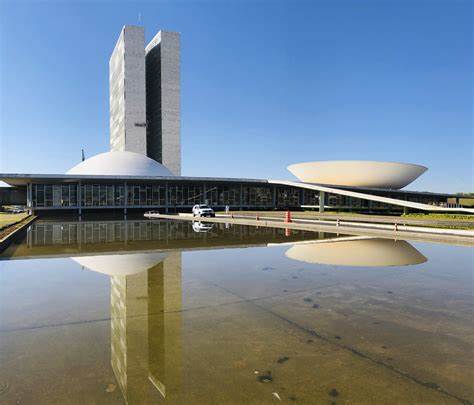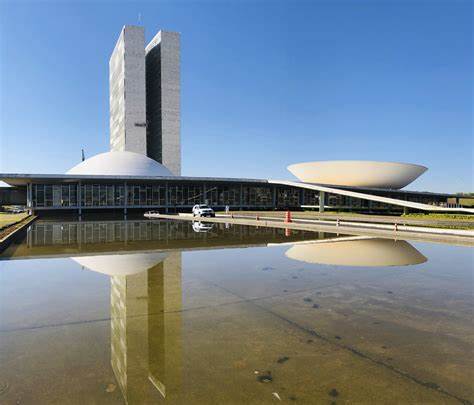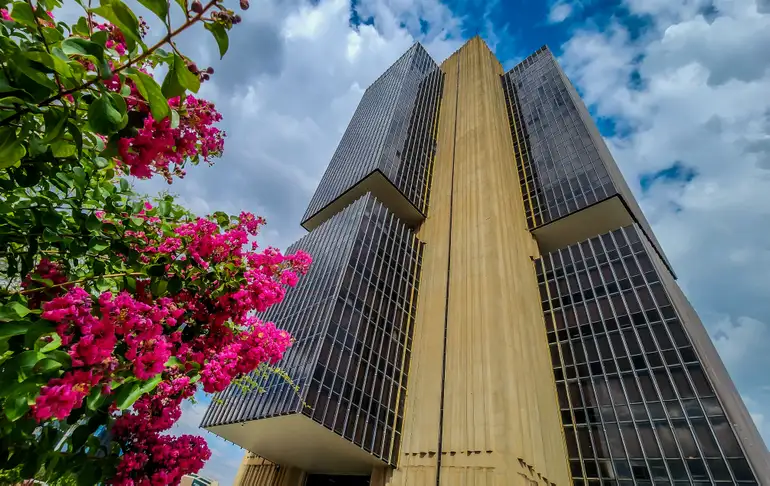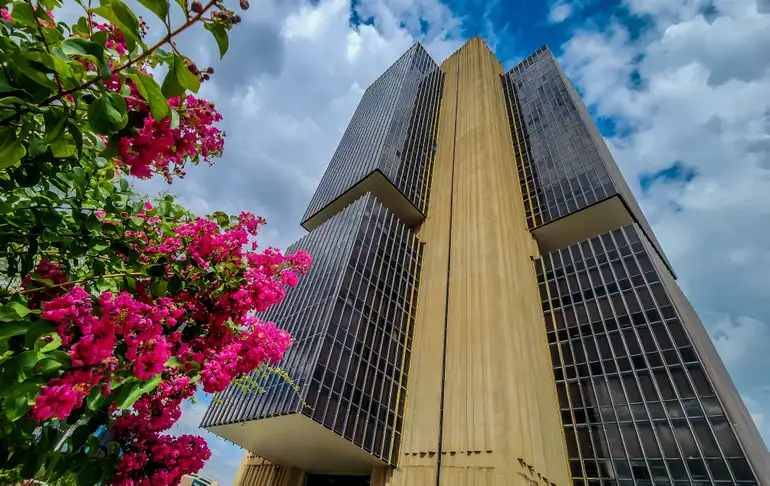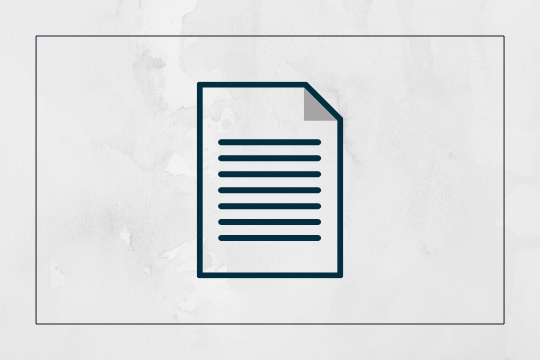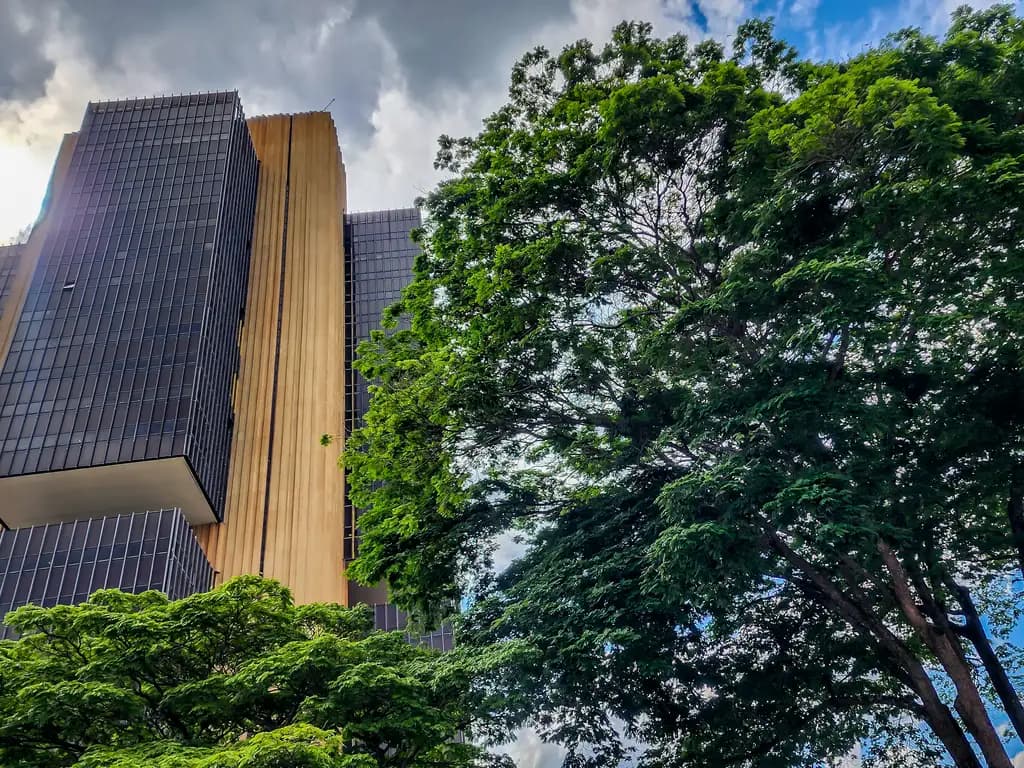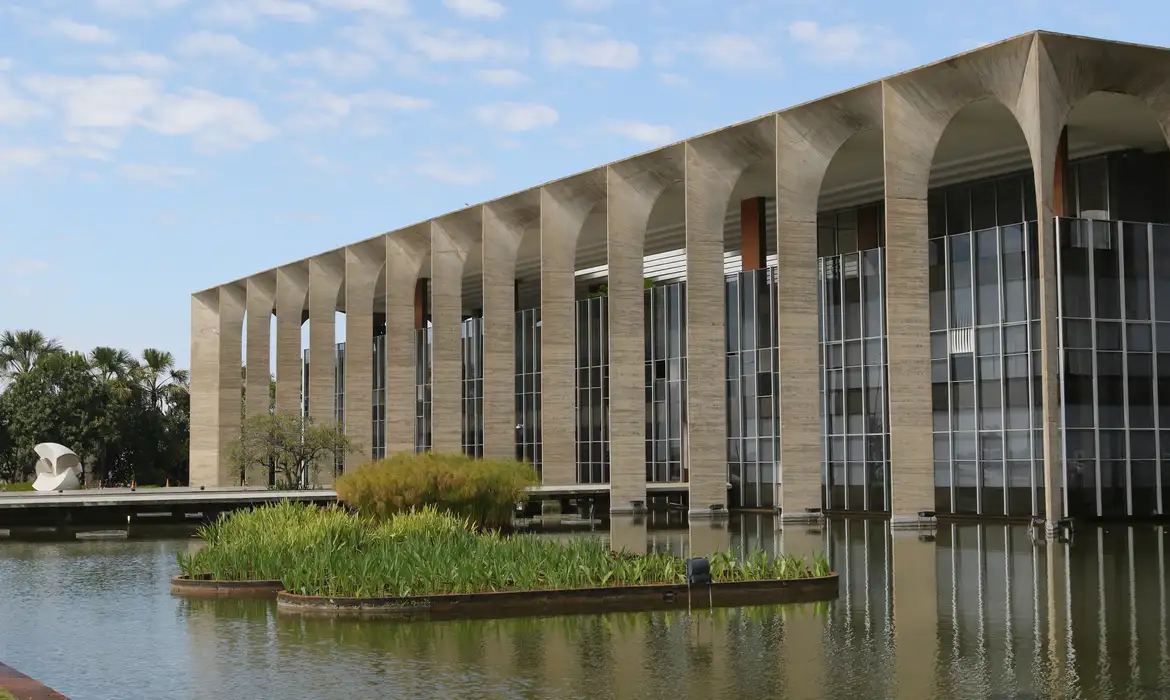New Brazilian financial regulation welcomes ventures in FX and cryptoasset markets
As noted previously in this issue, the activity of dealing in foreign exchange (FX) is outside the present scope of payment institutions and can only be carried on by financial institutions subject to burdensome legal requirements. Thus, until today, entities operating in the Brazilian FX market needed either (a) a prior authorization from the Central Bank, or (b) to partner with a financial institution, acting as a banking correspondent. Both options however have significant drawbacks.
a) The licensing procedure can take long and be very expensive. Besides only certain types of institutions can be authorized to operate in the FX market, like banks, securities and exchange brokers. Payment institutions, which are subject to much lighter regulatory constraints than traditional financial institutions, cannot seek this authorization pursuant to standard Central Bank regulation currently in force.
b) The partnership with a licensed institution is a simpler alternative, however the partner has limited autonomy, as it must perform the services in compliance with the patterns, operational rules and exchange rates determined by the licensed institution, and of course share gains with the latter.
On October 26, 2020, however, CMN and the Central Bank established the guidelines for the Brazilian sandbox for financial and payment innovations. This is a circumscribed environment where entities are authorized to test, for a limited period, an innovative solution under a specific set of rules. Like in the first regulatory sandbox in the world, created in UK by the Financial Conduct Authority, the new Brazilian sandbox will operate through cohorts, each lasting one year, which may be extended for an additional year to specific participants. The first cohort is scheduled for 2021.
At each cohort, the Central Bank may define activities or types of business as strategic priorities to the sandbox. If the eligible applicants exceed the maximum allowed number of participants, the Central Bank will classify the candidates according to the policy priorities of that specific cohort and to criteria defined in the sandbox regulation.
Sandbox participants must be legal entities incorporated in Brazil, but there are no restrictions to the participation of legal entities with foreign shareholders. Since 2019, financial entities controlled by non-Brazilian equityholders no longer need an authorization from the President of the Republic to operate in the Brazilian financial system, as explained in another text of this issue.
The new financial sandbox applies to any project that: (a) comprises the offer of products or services that are under the authority of the Central Bank; (b) employs technological innovation or promotes alternative use of existing technology; and (c) brings improvements to the financial industry.
Thus, the regulatory sandbox is now a third option for participation in the FX market by both Brazilian and non-Brazilian controlled entities. Participants that do not qualify as financial institutions can still apply for a temporary authorization to operate in such market, which is expected to be quicker and less burdensome than the traditional licensing procedure. At the same time, the participant would not be subject to the constraints imposed on banking correspondents and would therefore be free to negotiate exchange rates and compensation with its clients. Even payment institutions could seek this license.
It is possible that the Central Bank does not include FX operations in general in the sandbox program due to their wide scope. On the other hand, projects focused on the use of cryptoassets to perform international remittance services should, in theory, be allowed to apply for the sandbox. The Central Bank issued a communication in 2017 expressing the view that transactions with cryptoassets involving international transfers in foreign currencies must comply with Brazilian FX regulation. Thus, since the Central Bank extended FX regulation to certain cryptoasset-based operations, it also rendered these activities implicitly eligible to the regulatory sandbox.
It is not possible to know at this point whether the Central Bank will indeed set policy priorities in the first sandbox cycle and, if it does so, how projects focused on the use of cryptoassets to perform international remittance services will fit into these priorities. The fact is that cryptoassets and their technology have the potential to stimulate innovation and diversity of business models and reduce costs in the financial and payment systems – all of which are part of the objectives of the Central Bank’s sandbox.
Furthermore, there may be alternatives in the near future beyond the sandbox opening, even if cryptoassets are not involved. The Central Bank has recently demonstrated its willingness to allow new business models to operate in the FX market. The authority submitted revised FX rules for public consultation on November 12, 2020. Among the proposed innovations is an authorization for payment institutions to carry out FX operations with customers, limited to the amount of US$ 100 thousand, and to conduct ancillary transactions aimed at ensuring the liquidity required by the FX transactions (including interbank market transactions and arbitrage). The proposed rules are available for public consultation and suggestions on the Central Bank website until January 29, 2021.




















